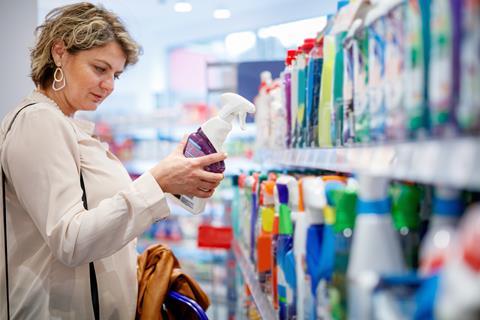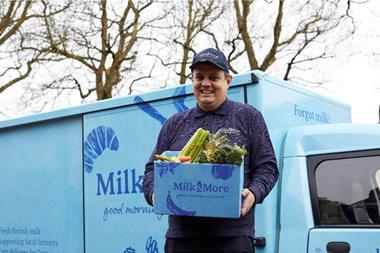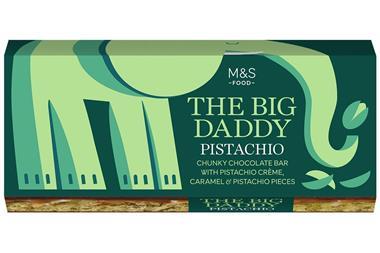
The latest Procter & Gamble results offer a glimpse of what to expect from the performance of staples in Europe. The key takeaway from P&G was its profitability strength: gross margins in the quarter have increased by more than 500bp and EBIT margin is up 400bp.
It’s an example of how, in the last few years, commodities costs have shifted from a margin headwind to a tailwind for the industry.
European staples companies have been slower to see margin recovery, in part because of higher exposure to Europe, where pricing has taken more time to land become of more defined ‘pricing windows’ with retailers.
There are, of course, exceptions on costs. Such as chocolate companies, which are still seeing record cocoa input costs. One needs to make a distinction between deflation and disinflation, which is what most fmcg companies are seeing. Even so, it is still fair to say the pressure for most companies will be much lower this year than it was at the peak of 2022.
The key will be how companies transition from two years of price-led sales growth to the new paradigm of volume/mix-led growth. Double-digit pricing can hide many cracks but, as inflation rolls over, it should become clear which companies and categories have durable volume/mix growth.
In the short term, some investors worry about an ‘air pocket’, in which pricing steps down before volume/mix picks up. This makes it imperative to use this margin tailwind to stimulate volume/mix growth. Both promotional and advertising spend is now really picking up, as companies get back to impactful innovation and new product development that really cuts through with consumers.
Since covid, frankly there have been more pressing priorities, but getting back to the core job of innovation is critical at this juncture. Danone is a good example of a company getting on the front foot here. It has cut commoditised SKUs and, after years of losing share to private label in European yoghurt, is now starting to regain it with hits such as GetPro, its recently launched high-protein platform in the UK.
Back to the P&G results: it was interesting to note it is gaining share in North America and Europe, even though private label is also gaining share. Its European volume growth accelerated to 3% from 2% in the previous quarter, which is impressive when most of its peers are posting volume declines in the region.
Having a growth mindset is important even in a mature market like Europe. P&G’s CFO Andre Schulten gave the example of how, in Europe, the launch of four-chamber Ariel pods with more sustainable packaging came with a premium, but still drove more than 20% sales growth.
This speaks to its approach to innovation and consistent reinvestment, which is working. In this barbell environment, consumers are prepared to trade up or down depending on the value proposition of the brand. Consumers find value in different ways: some via absolute price point or cash outlay, while others may find it in product superiority.
Going down the price route is a slippery slope for fmcg companies, and ultimately differentiation is the only strategy that works over time. It is not an accident P&G has grown more than 4% organically for more than 20 quarters in a row.
The penny has dropped for Unilever. New CEO Hein Schumacher is going down the P&G route of unmissable consumer brand superiority.
Embedding this mindset into the DNA of a company is crucial and not easy. It requires time, but in practice means taking more risk and having really differentiated technology or consumer insights that cut through with the consumer, and which can be scaled across different platforms. Getting the R&D investment right is absolutely crucial, as failure here can be amplified across organisations for years.
The most important takeaway from P&G, however, was its clear view that the best way to drive volume growth in this environment is to create category growth, not fight for market share. The benefit of this approach is that it doesn’t create a negative pricing loop that you see in more mature categories when commodities roll.
This ‘create business’ not ‘take business’ mindset makes all the difference in staples. Very few have cracked the code.



















No comments yet